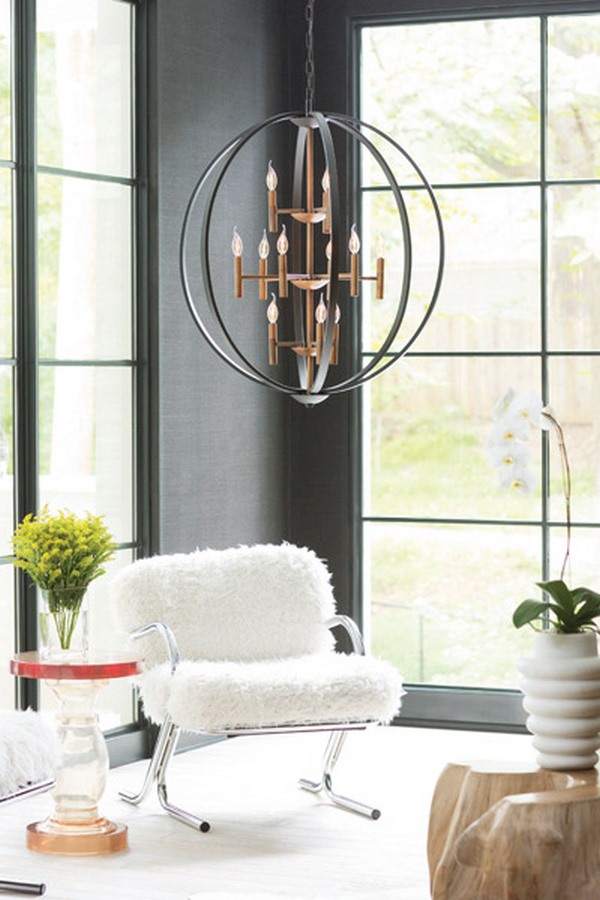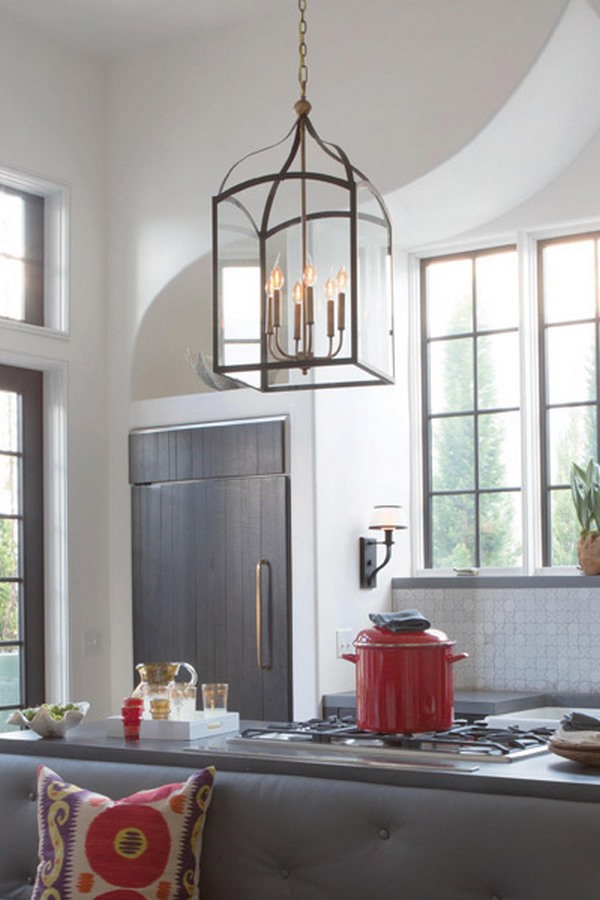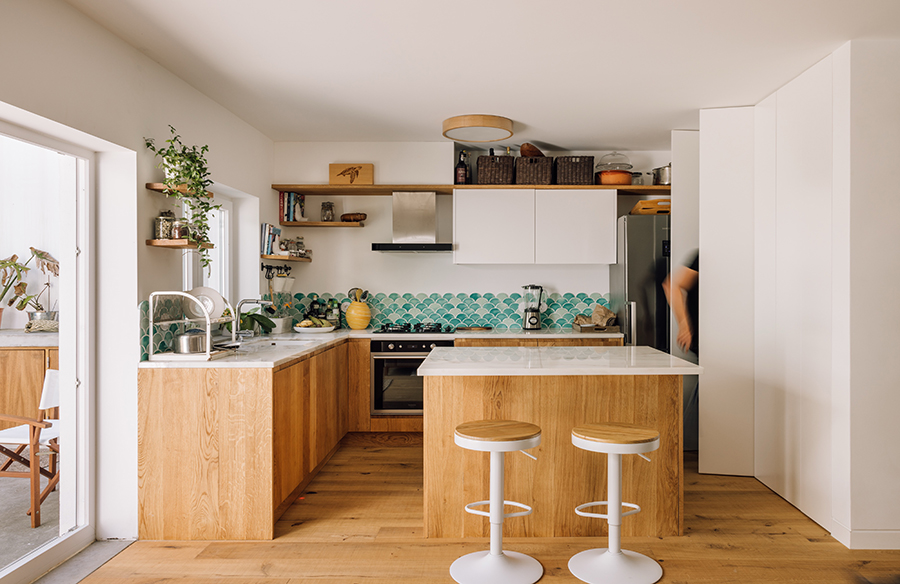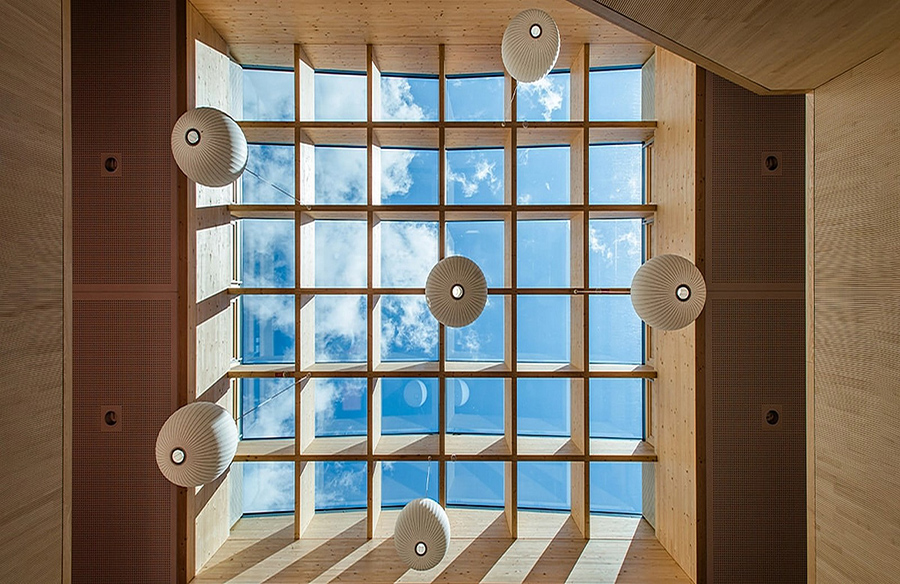The allure of a well-placed chandelier lies in its ability to add sparkle and dazzle while defining and enhancing the mood of a room. However, achieving the perfect balance in chandelier size is crucial, as an oversized fixture can overpower a room, while an undersized one may diminish the perceived value of the space. This guide navigates through interior design principles to ensure the selection of the correct chandelier size, optimizing its impact on the overall aesthetics.
Factors Influencing Chandelier Size
Room dimensions play a pivotal role in determining the appropriate chandelier size, yet the type of space also contributes to this decision. To strike the ideal balance, a simple checklist is provided below, offering a systematic approach to achieve the perfect fit.

1. Room Size Calculation
Start by measuring the width and length of the room. Combine these measurements and treat the sum as inches instead of feet. This resulting figure becomes the diameter of the chandelier best suited for the room. For optimal proportions, allow 2 to 3 inches of chandelier length per foot of wall height. For instance, a dining room with 10-foot ceilings, 16 feet wide, and 18 feet long can accommodate a chandelier 34 inches in diameter and 20 to 30 inches in length. This calculation is particularly suitable for a centrally positioned chandelier above the primary furniture or focal point, as seen in dining rooms.
2. Focal Point Definition in Large Rooms
In extensive rooms with multiple conversation areas or functions, define the space with a table or area rug. Use half the table width as the diameter guideline for a chandelier over a focal point table. For a conversation area rug, add the length and width of the rug, treating the sum as inches, to determine the appropriate chandelier diameter.
3. Multiple Chandeliers Over a Focal Point
When considering multiple chandeliers over a focal point, calculate their diameter by dividing the table’s diameter by the number of hanging chandeliers plus one. For example, a 54-inch-wide table would pair well with two chandeliers, each 18 inches in diameter, hung 18 inches apart over the table’s center.

4. Rectangular Chandeliers for Proportional Fit
Opt for a rectangular chandelier when adorning a rectangular table, ensuring it aligns with the table’s proportions. For a 54-inch-wide and 72-inch-long table, a chandelier with a diameter of 27 inches and a length of 45 inches is recommended, maintaining optimal proportions.
5. Addressing Stairwells and Two-Story Entries
Consider stairwells and two-story entries, where the perceived wall height is substantial. Calculate the chandelier length accordingly to ensure harmonious proportions in these elevated spaces.
6. Hanging Height Considerations
When hanging a chandelier in a dining room, position the bottom no less than 30 inches from the table surface. For hallways or stairwells, maintain a minimum distance of 7 feet from the floor. These guidelines influence the chandelier’s length, requiring adjustments for an aesthetically pleasing placement.
In conclusion, mastering the art of sizing your chandelier involves a meticulous consideration of room dimensions, space type, and optimal hanging height. By following these guidelines, you ensure that your chandelier not only illuminates the room but also becomes an integral element in elevating its overall aesthetic appeal.
















